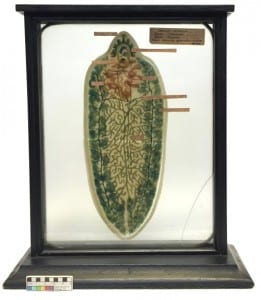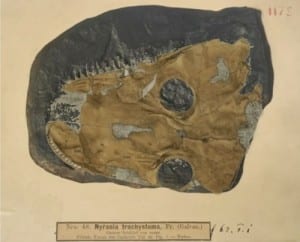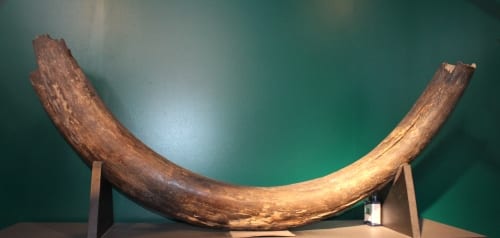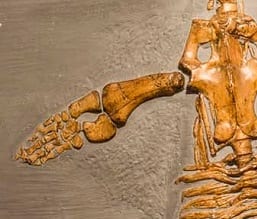Specimen of the Week 253 : Moroccan phosphate fossils
By Tannis Davidson, on 19 August 2016
This week’s Specimen of the Week is not one, but 48 individual specimens which make up a display box highlighting various fossil teeth from Morocco. Display boxes of this sort are not uncommon as they are a visually appealing way to showcase numerous small specimens not to mention an entrepreneurial solution to add value to otherwise inexpensive individual fossils. The Grant Museum’s display box is a rather nice example of this type containing fossil teeth of 19 different species of fish and marine reptiles: (more…)
 Close
Close



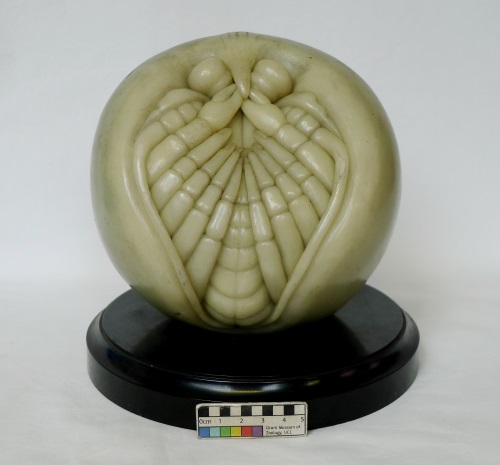 In honour of the 250th Specimen of the Week, as well as the new wax model display in the Museum, it seemed fitting to choose a show-stopper of a specimen which is so fabulously bizarre that you might describe it as being out of this world.
In honour of the 250th Specimen of the Week, as well as the new wax model display in the Museum, it seemed fitting to choose a show-stopper of a specimen which is so fabulously bizarre that you might describe it as being out of this world.